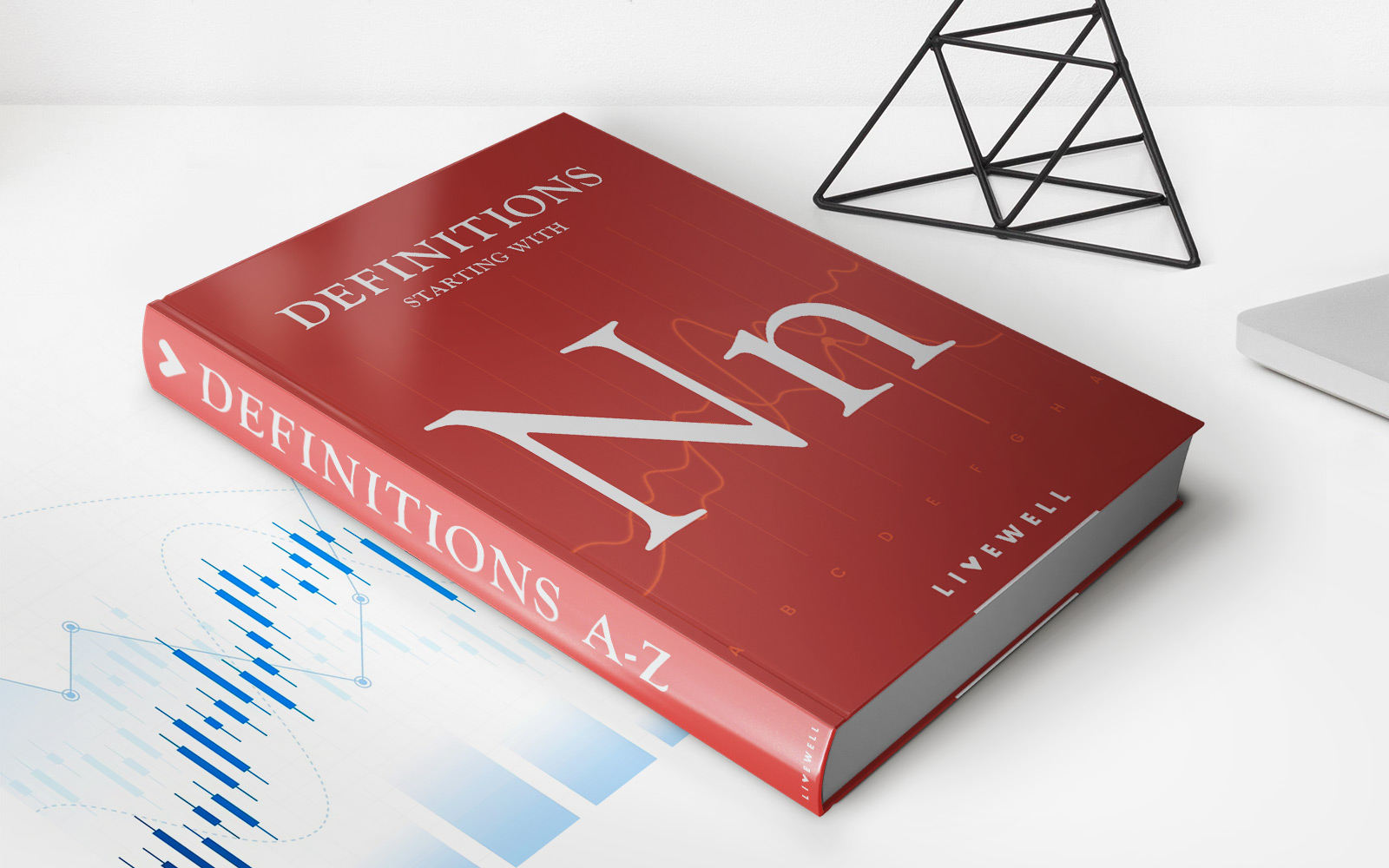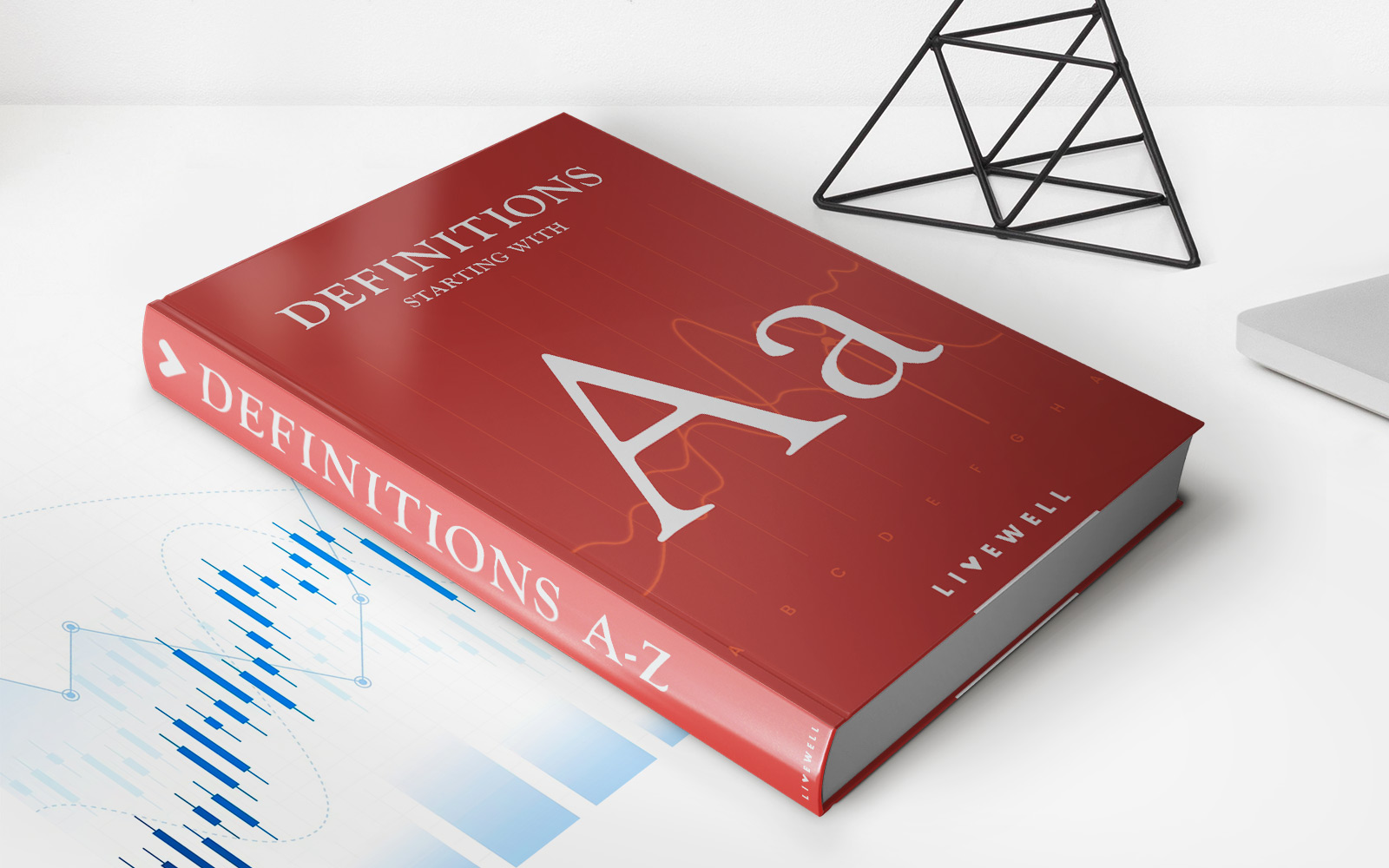

Finance
Catastrophe Hazard Definition
Published: October 25, 2023
Discover the meaning of catastrophe hazard in the world of finance and how it impacts the industry. Explore the definition, risks, and strategies for managing this crucial aspect.
(Many of the links in this article redirect to a specific reviewed product. Your purchase of these products through affiliate links helps to generate commission for LiveWell, at no extra cost. Learn more)
Understanding Catastrophe Hazard Definition in Finance
Welcome to our Finance category blog post! In today’s article, we will explore the intriguing world of catastrophe hazards and their significance in the field of finance. So, buckle up and prepare to dive into this fascinating topic with us!
Key Takeaways:
- Catastrophe hazards refer to extreme events that can cause significant damage or loss.
- In finance, understanding and effectively managing catastrophe hazards is critical for insurance companies and financial institutions.
When it comes to assessing risks in the finance industry, it is essential to have a clear understanding of catastrophe hazards. So, what exactly do we mean by “catastrophe hazards”?
Catastrophe hazards are extreme events that can cause widespread damage or loss, often with severe financial implications. These events can include natural disasters such as earthquakes, hurricanes, floods, wildfires, or even human-made disasters like terrorism or nuclear accidents.
In the context of finance, effectively managing catastrophe hazards is of utmost importance for insurance companies and financial institutions. These organizations need to assess the potential impact of catastrophic events on their operations and develop strategies to mitigate risks.
The Role of Catastrophe Hazard Definition
Defining catastrophe hazards is crucial in the world of finance. It helps insurance companies and financial institutions identify and measure the risks associated with catastrophic events. By understanding the specific nature and characteristics of different hazards, these organizations can make informed decisions to protect themselves and their clients.
So, how is catastrophe hazard defined in the finance industry?
Catastrophe hazard definition entails identifying the types of events that can be classified as catastrophes. This includes determining the likelihood of occurrence, the potential severity of the event, and the geographic areas that are most susceptible to specific hazards.
Insurance companies, for example, rely on catastrophe models to estimate potential losses from different catastrophe hazards. These models simulate various scenarios and provide insurers with insights into the financial impact of potential catastrophic events. This information helps them calculate premiums and establish reserves to cover potential claims.
Why Catastrophe Hazard Definition Matters
Having a well-defined understanding of catastrophe hazards is crucial for several reasons:
- Risk Assessment: A clear definition of catastrophe hazards allows finance professionals to assess the potential risks and potential impacts of catastrophic events. This understanding is crucial in creating effective risk management strategies.
- Insurance Coverage: Insurance companies rely on catastrophe hazard definition to determine the scope and limitations of coverage they can offer to their clients. Understanding the hazards ensures that companies accurately price their policies and provide adequate protection.
- Capital Planning: Financial institutions need to allocate appropriate capital to cover potential losses from catastrophic events. By understanding the specific hazard definitions, they can accurately estimate the financial implications and adjust capital reserves accordingly.
- Regulatory Compliance: In many countries, financial institutions are required to comply with regulatory frameworks that include catastrophe risk management. Having a well-defined understanding of catastrophe hazards is essential to meet these compliance requirements.
By defining and understanding catastrophe hazards, the finance industry can better prepare for and manage the financial impact of these extreme events. Through proper risk assessment, insurance coverage, and capital planning, companies and institutions can protect themselves and their clients from significant financial losses.
So there you have it – a deeper insight into catastrophe hazard definition in the finance industry. We hope this article helped shed some light on this essential aspect of risk management. Remember, when it comes to finance and catastrophic events, knowledge and preparation are key!














